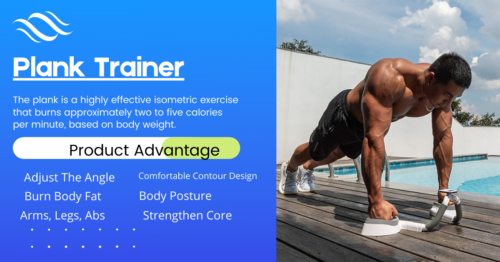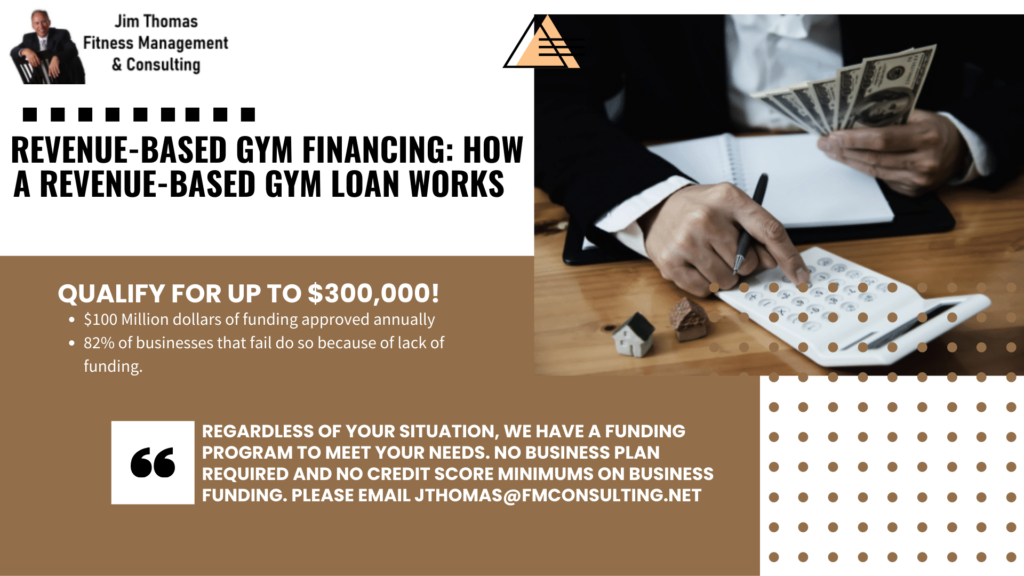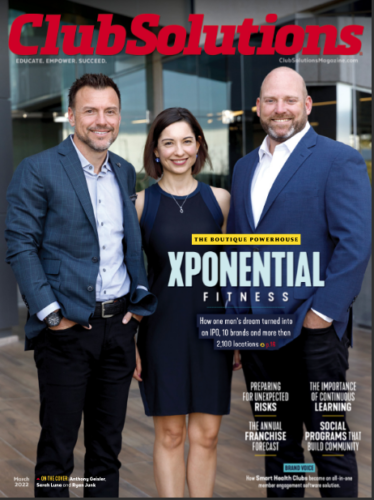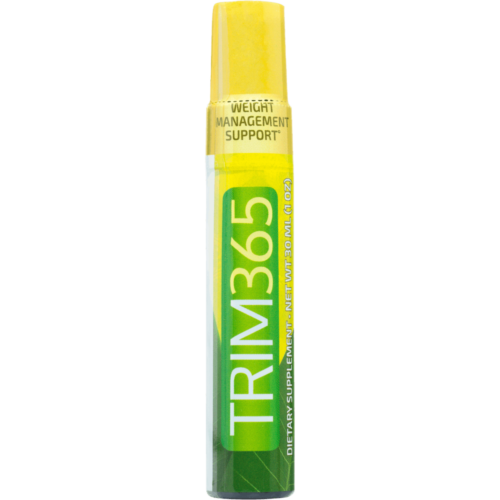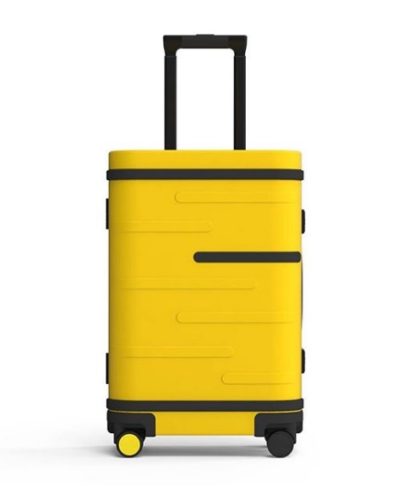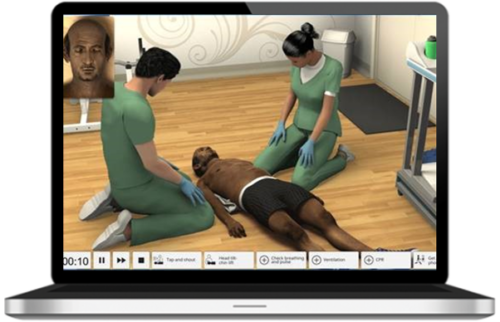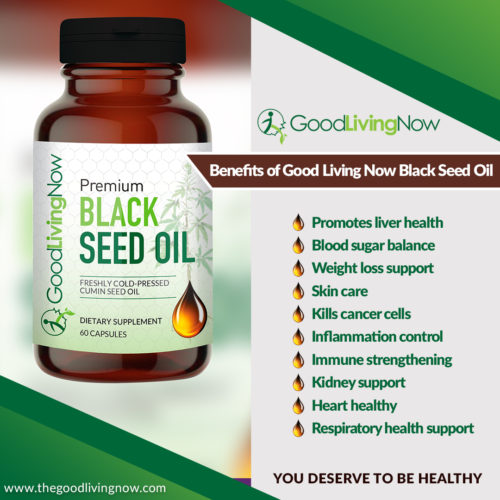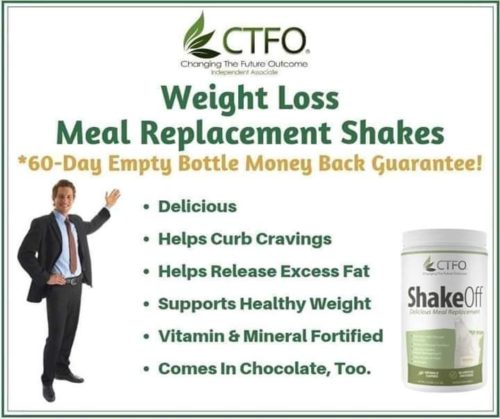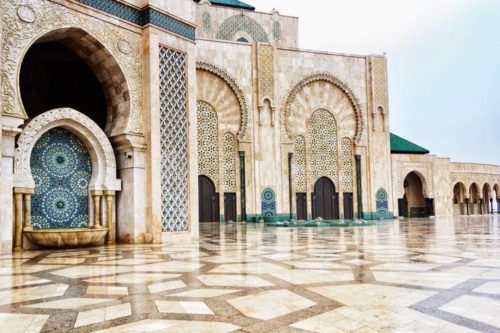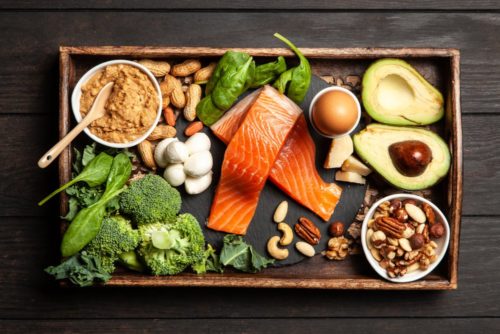Fitness clubs growing fast with help from real estate market
Fitness clubs growing fast…Fitness club developer Vince Julien sees an opportunity when he looks at an empty property in a shopping center.
He’s been scouting Central Florida locations for new Crunch Fitness franchises, part of the growing number of value-oriented gyms that skip big-dollar amenities, such as pools and basketball courts. Even as the number of retail center vacancies shrank from a high in 2011, health clubs can still be attractive to landlords because gyms are not threatened by internet retailers.
“The landlords didn’t always like health clubs because they thought it didn’t bring in as many customers as a retail shop,” said Julien, who is based in Tampa. “With so many stores going out of business, something like a Crunch Fitness looks great because it will bring in upwards of 1,000 people a day into the center.”
Health clubs in Central Florida are flexing some muscle as 2017 ends and gyms of all sizes are expanding quickly. In 2017, 61 new applications for health clubs and gyms have been registered in Central Florida, according to data from the Florida Division of Consumer Services.
It’s not unique to Central Florida. National health club membership grew by 3.4 percent in 2016 compared to the year before, according to the International Health, Racquet and Sportsclub Association. There were about 1,700 new facilities opened in 2016 as well, the trade group said.
With the peak New Year fitness season approaching, Julien has four franchise sites for Crunch Fitness under construction in Central Florida. Those should open in 2018.
Full-service gym 24 Hour Fitness has opened three new local facilities in the last year and is planning another new location on East Colonial Drive, east of Alafaya Trail. Retro Fitness, another limited-service, value-priced club, has opened locations in Apopka and Winter Garden during the last year. It also plans to open another in Casselberry in 2018.
During the last five years a spurt of health and fitness clubs has taken vacant retail spots in local shopping centers, said Jorge Rodriguez, a retail real estate broker with Colliers International in Orlando. Health clubs can also bring in new unique visitors, particularly young people, Rodriguez said.
The last few years have been dominated by large centers, such as 24 Hour Fitness and LA Fitness, and medium-sized facilities, such as Planet Fitness. As those larger sites are snatched up, Rodriguez said the next wave of development could be in boutique fitness clubs, such as Orange Theory Fitness, and cycling centers.
That value-oriented model is the fastest growing segment of the industry, started by companies such as Planet Fitness, which has 17 locations in Orange, Osceola, Seminole and Lake Counties.
Planet Fitness made it popular to have fitness clubs focused on the basics, and then adding services a la carte, Julien said. Crunch’s memberships start at $10 for basic access up to $50 for access to classes, trainers, boot camps and tanning.
Crunch’s first Orange County location is set to open in early 2018 in Belle Isle inside a former Winn-Dixie grocery store site that has been vacant for several years.
Targeting customers at $20 a month is helping attract a new crowd of customers that don’t want to pay $50, said Retro Fitness CEO Eric Casaburi. Once customers are in the door, the club can add more services such as training.
“If you are charging a blanket $70 a month for a bunch of stuff people don’t use, you are competing with everyone else out there,” Casaburi said.










